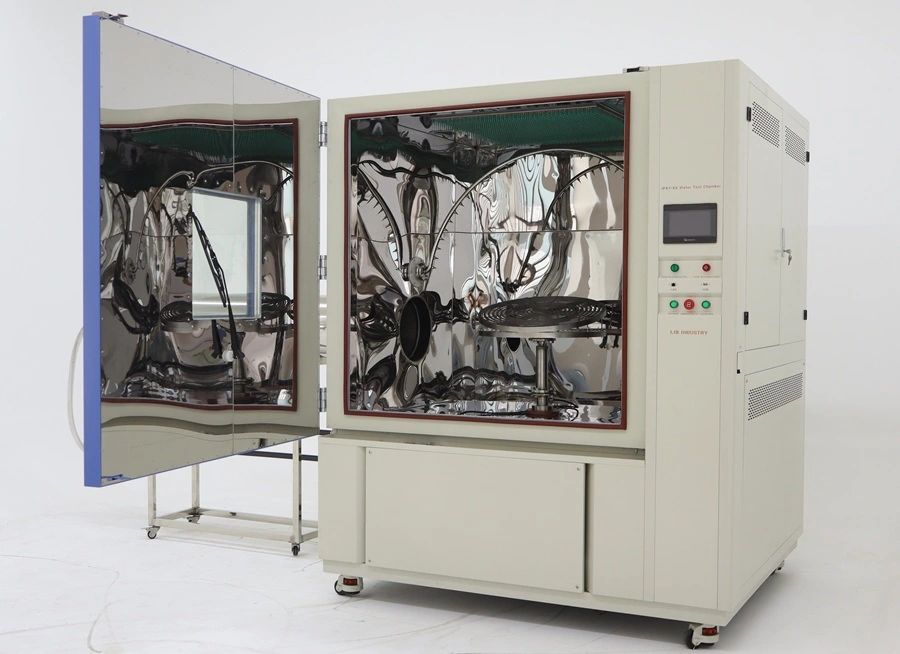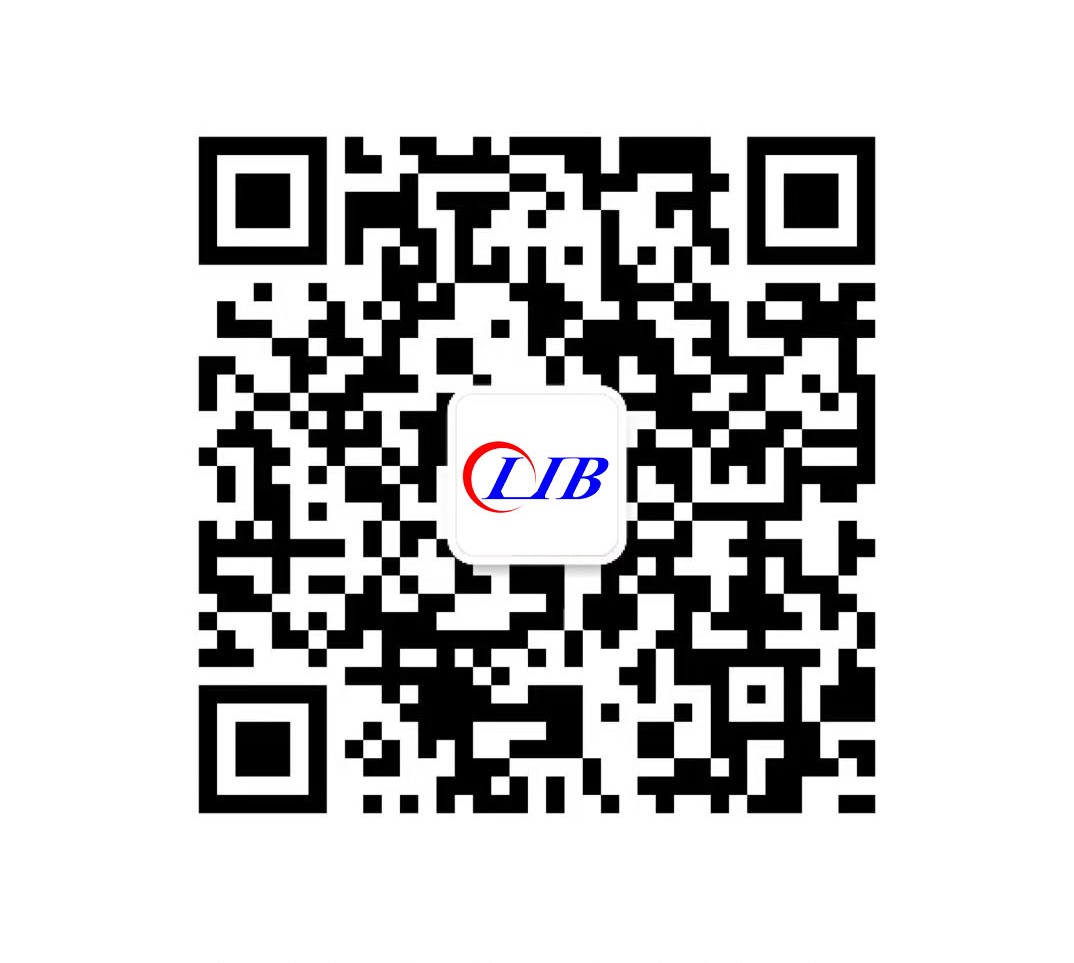Understanding IEC 60529 and How It Applies to IPX4 Testing
Understanding IEC 60529 and How It Applies to IPX4 Testing
IEC 60529 represents the international standard that defines Ingress Protection (IP) ratings, establishing crucial benchmarks for evaluating equipment resistance against solid particles and liquids. This comprehensive framework directly governs IPX4 testing protocols, which assess water protection capabilities under spray conditions. The standard ensures consistent global testing methodologies, enabling manufacturers to validate product durability and safety across diverse environments. Understanding IEC 60529 becomes essential when selecting appropriate IPX4 test equipment, as compliance guarantees accurate assessment results that meet international certification requirements for automotive, electronics, and industrial applications.

What Is IEC 60529 and Why Is It Important?
Foundation of International Protection Standards
IEC 60529 establishes the universal language for protection ratings worldwide. This International Electrotechnical Commission standard provides manufacturers with consistent evaluation criteria, eliminating ambiguity in product specifications. The standard enables global trade by creating uniform testing protocols that regulatory bodies recognize across different countries and industries.
Regulatory Compliance Framework
The standard serves as a cornerstone for regulatory compliance in numerous sectors. Automotive manufacturers rely on IEC 60529 to meet safety requirements, while electronics producers use it to validate product reliability. This framework ensures consumer protection by mandating rigorous testing procedures that verify actual performance against claimed specifications.
Quality Assurance Benefits
IEC 60529 implementation enhances quality assurance processes throughout manufacturing chains. Companies utilizing this standard demonstrate commitment to excellence, building consumer trust through transparent performance metrics. The standard facilitates product improvement by identifying specific protection weaknesses, enabling targeted engineering enhancements that increase market competitiveness.
Breakdown of IP Code Ratings and Their Meaning
Understanding the Numerical System
The IP rating system employs a two-digit format where each number conveys specific protection information. The initial digit indicates solid particle protection levels ranging from 0 to 6, while the subsequent digit represents liquid ingress protection from 0 to 9. This systematic approach provides immediate comprehension of protection capabilities without requiring detailed technical documentation.
Solid Particle Protection Classifications
Rating | Protection Level | Description |
0 | No protection | Open to all particles |
1 | >50mm objects | Protection against large objects |
2 | >12.5mm objects | Protection against fingers |
3 | >2.5mm objects | Protection against tools, wires |
4 | >1mm objects | Protection against small wires |
5 | Dust protected | Limited dust ingress |
6 | Dust tight | Complete dust protection |
Liquid Protection Categories
Water protection ratings demonstrate increasing resistance levels from basic drip protection to complete submersion capability. IPX4 test equipment specifically addresses spray protection, representing moderate water resistance suitable for outdoor equipment and automotive applications. Higher ratings like IPX7 and IPX8 indicate submersion resistance, while lower ratings cover basic moisture protection scenarios.
Specific Requirements of IPX4 Under IEC 60529
Spray Pattern Specifications
IPX4 testing mandates specific spray characteristics that simulate real-world water exposure conditions. The test apparatus must generate uniform water distribution across the specimen surface, utilizing calibrated nozzles positioned at precise angles. Water pressure requirements ensure consistent spray intensity, while flow rate specifications guarantee reproducible test conditions across different testing facilities.
Duration and Environmental Parameters
Testing duration extends for predetermined periods depending on equipment size and application requirements. Environmental conditions including ambient temperature, humidity levels, and air circulation must remain controlled throughout testing procedures. These parameters ensure test validity while preventing external variables from influencing results.
Performance Acceptance Criteria
Test Parameter | Specification | Acceptance Criteria |
Water Flow Rate | 10 L/min | ±5% tolerance |
Spray Angle | ±45°, ±60°, ±90°, ±180° | Adjustable range |
Test Duration | Variable | Equipment dependent |
Water Temperature | 15-35°C | Controlled environment |
Post-Test Evaluation Methods
Assessment procedures involve comprehensive examination for water ingress evidence. Inspectors examine internal components for moisture presence, corrosion indicators, or functional degradation. Documentation requirements include photographic evidence, measurement data, and detailed observation records that support certification decisions.
Testing Procedures Defined by IEC 60529 for IPX4 Certification
Pre-Test Preparation Protocols
Specimen preparation involves thorough cleaning and documentation of initial conditions. Test engineers record dimensional measurements, weight specifications, and functional parameters before exposure. Positioning requirements ensure proper spray pattern coverage while maintaining safety protocols for personnel and equipment protection during testing operations.
Equipment Calibration Standards
Testing apparatus requires regular calibration to maintain accuracy and reliability. Flow meters, pressure gauges, and spray nozzles undergo periodic verification against certified reference standards. Calibration records demonstrate traceability to national measurement standards, ensuring test results maintain global acceptance and regulatory compliance.
Real-Time Monitoring Systems
Modern IPX4 test equipment incorporates advanced monitoring capabilities that track critical parameters throughout testing cycles. Data acquisition systems record water flow rates, spray angles, and environmental conditions with high precision. These systems enable automatic test termination if parameters exceed specified tolerances, protecting specimens from invalid test conditions.
Documentation and Reporting Requirements
Comprehensive test reports document all procedural steps, measurements, and observations. Reports include equipment specifications, calibration certificates, environmental conditions, and photographic evidence. This documentation supports certification processes while providing manufacturers with detailed performance data for product improvement initiatives.
Ensuring Equipment Compliance with IEC 60529 Standards
Design Validation Processes
Product development teams integrate IEC 60529 requirements into design specifications from initial concept stages. Engineering reviews assess protection requirements against intended applications, identifying potential vulnerability points. Design validation testing occurs throughout development cycles, ensuring compliance before production commitment and market introduction.
Manufacturing Quality Control
Production facilities implement quality control measures that verify consistent protection performance across manufactured units. Statistical sampling procedures ensure representative testing coverage while maintaining production efficiency. Quality management systems document compliance evidence, supporting certification maintenance and regulatory audit requirements.
Third-Party Testing Benefits
Advantage | Internal Testing | Third-Party Testing |
Credibility | Limited | High |
Cost | Lower initial | Higher initial |
Expertise | Variable | Specialized |
Market Acceptance | Regional | Global |
Independent testing laboratories provide objective evaluation services that enhance market credibility. These facilities maintain specialized expertise, calibrated equipment, and accreditation status that supports global market acceptance. Third-party certification reduces customer concerns while facilitating international trade relationships.
Global Market Relevance of IEC 60529 and IPX4 Certification
International Trade Facilitation
IEC 60529 compliance enables seamless international trade by eliminating country-specific testing requirements. Manufacturers achieving certification with IPX4 test equipment can access global markets without additional testing burdens, reducing time-to-market and associated costs. This standardization particularly benefits automotive and electronics industries where global supply chains predominate.
Regional Adoption Variations
Different regions emphasize specific aspects of IEC 60529 based on local environmental conditions and regulatory priorities. European markets stress automotive applications, while Asian markets focus on electronics protection. Understanding regional preferences helps manufacturers prioritize testing investments and market entry strategies.
Industry-Specific Applications
Automotive sector applications dominate IPX4 testing requirements, particularly for exterior components exposed to weather conditions. Electronic device manufacturers utilize IPX4 certification for outdoor equipment, marine applications, and industrial control systems. Medical device producers increasingly adopt IP ratings to demonstrate reliability in challenging healthcare environments.
Future Market Trends
Emerging technologies including electric vehicles, renewable energy systems, and IoT devices drive increasing demand for reliable protection testing. Market growth projections indicate substantial expansion in testing services, particularly for automotive and renewable energy sectors. These trends create opportunities for testing equipment manufacturers and certification service providers.
LIB IPX4 Test Equipment Meets IEC 60529 & ISO20653 Standards
Advanced Technical Specifications
LIB Industry's R-1200C model demonstrates superior engineering design that exceeds standard requirements. The equipment features stainless steel construction ensuring corrosion resistance and long-term durability. Oscillating tube systems provide adjustable spray angles from ±45° to ±180°, accommodating diverse testing requirements while maintaining precision control throughout testing cycles.
Automated Control Systems
Modern control interfaces enable precise parameter management through PC connectivity and ethernet communication. Integrated software platforms facilitate data logging, report generation, and remote monitoring capabilities. USB connectivity supports convenient data transfer while local laboratory software integration streamlines workflow management and documentation processes.
Compliance Certifications
LIB equipment meets both IEC 60529 and ISO20653 standards, providing comprehensive certification coverage for automotive and general industrial applications. Dual standard compliance eliminates testing redundancy while ensuring global market acceptance. This capability particularly benefits automotive manufacturers requiring both standards for complete product validation.
Customer Support Excellence
LIB Industry provides comprehensive support including installation, training, and ongoing technical assistance. Turn-key solutions encompass equipment delivery, commissioning, and operator training programs. This approach ensures optimal equipment utilization while minimizing implementation challenges and operational disruptions.
Conclusion
IEC 60529 provides the essential framework for IPX4 testing, establishing global standards that ensure consistent protection evaluation across industries. This standard's comprehensive approach to ingress protection testing enables manufacturers to validate product reliability while meeting international certification requirements. Understanding IEC 60529 applications proves crucial for selecting appropriate testing equipment and achieving successful market compliance. The standard's continued evolution supports emerging technologies while maintaining rigorous quality assurance principles that protect consumers worldwide.
FAQs
What distinguishes IPX4 from other IP water protection ratings?
IPX4 specifically tests splash resistance from all directions, while IPX3 covers spraying water at limited angles and IPX5 addresses water jets. This rating suits outdoor equipment requiring moderate water protection.
How long does typical IPX4 testing take according to IEC 60529?
Testing duration varies based on equipment size and complexity, typically ranging from several minutes to hours. Standard procedures specify minimum exposure times ensuring adequate assessment of protection capabilities.
Can IPX4 test equipment evaluate both IEC 60529 and ISO20653 standards simultaneously?
Advanced testing systems like LIB's R-1200C model accommodate both standards, eliminating duplicate testing requirements. This capability streamlines certification processes while ensuring comprehensive compliance validation for multiple market applications.
Ready to implement reliable IPX4 testing solutions that meet IEC 60529 standards? LIB Industry offers comprehensive environmental testing equipment designed for precision and durability. Contact our technical experts at ellen@lib-industry.com to discuss your specific testing requirements and discover how our solutions can enhance your quality assurance processes.



